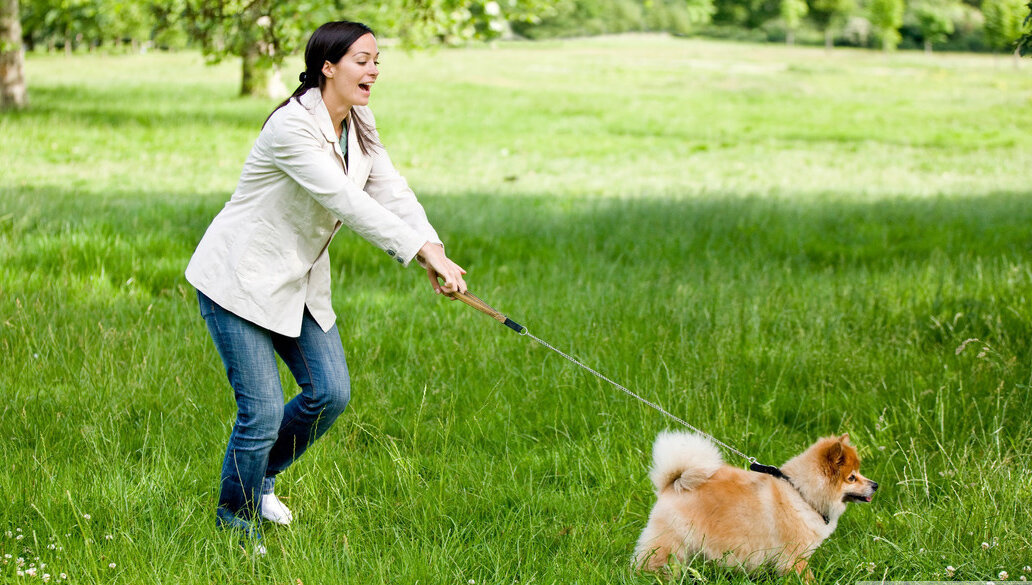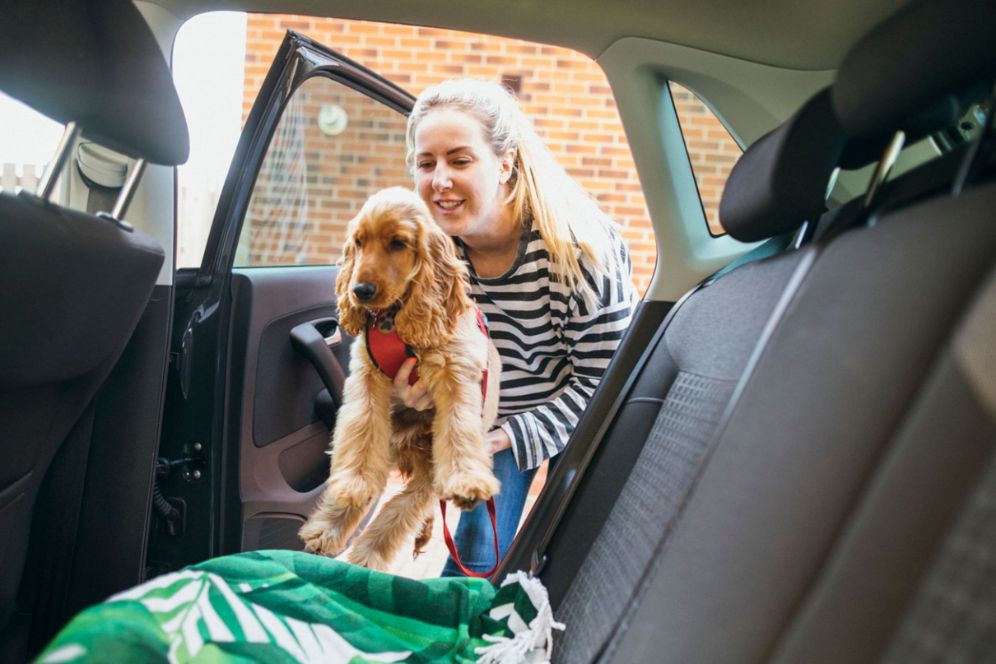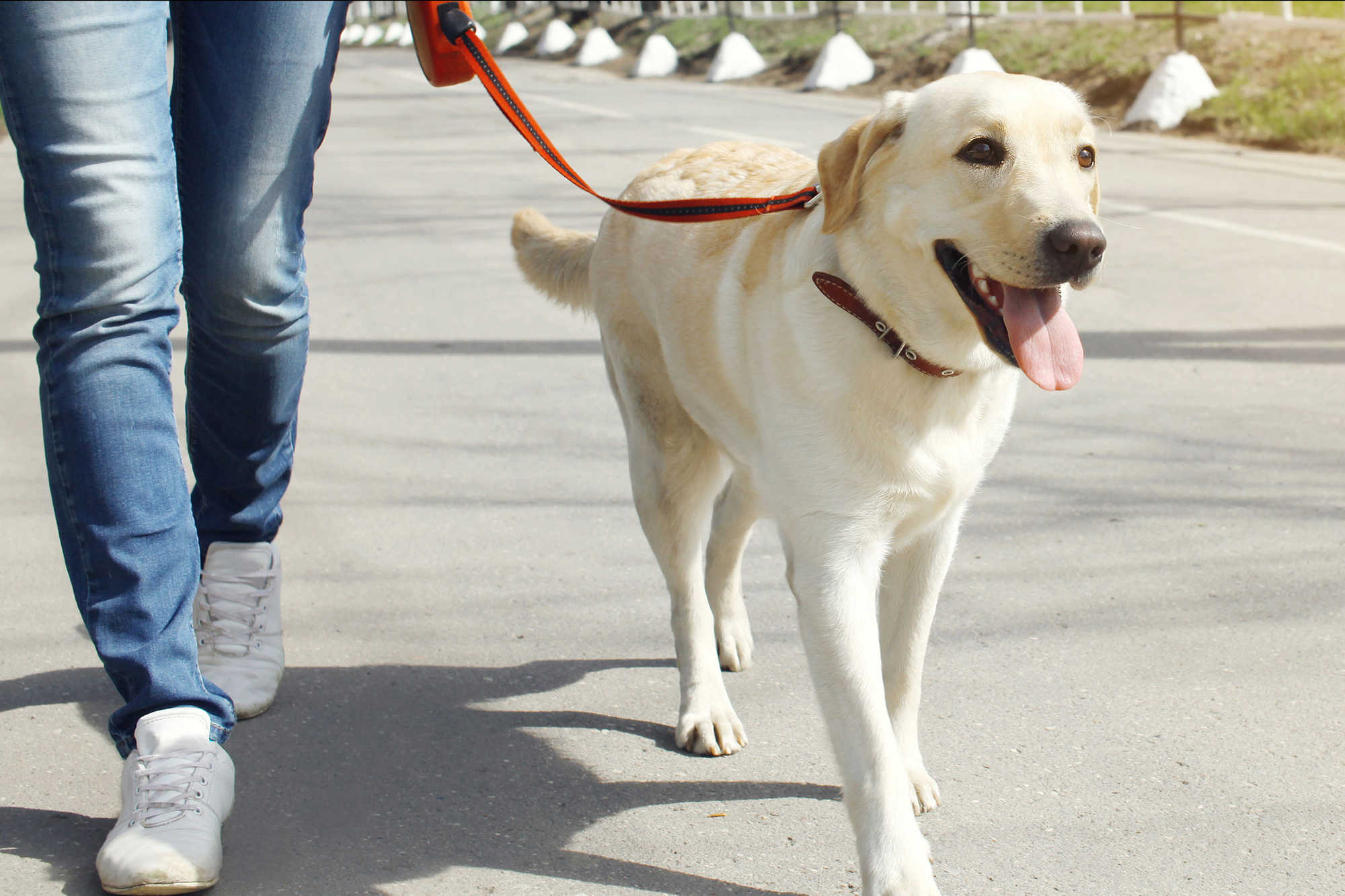1. How Does Pet Walking Boost Your Dog’s Mental Stimulation?
Pet walking is more than just a physical activity—it’s an essential form of mental stimulation. When dogs explore different sights, smells, and sounds during walks, they’re mentally engaged. This variety of sensory input keeps their brains active and alert. Dogs need this form of enrichment to prevent boredom, which often leads to destructive behaviors at home. Even short walks provide valuable stimulation and curiosity, which are important for your pet’s mental well-being. Whether you’re walking in the same neighborhood or trying new routes, changing the scenery helps your dog stay mentally sharp and emotionally satisfied.
2. Can Walking Help Reduce Anxiety and Hyper Behavior in Dogs?
Yes, walking your dog regularly is one of the most effective ways to manage anxiety and hyperactivity. Dogs with excess energy often become restless, anxious, or even destructive. Walking helps burn off this pent-up energy in a healthy way. It provides a calm, repetitive activity that relaxes the mind and body. For high-energy breeds, daily walks are critical. When dogs know they will have a consistent opportunity to exercise and explore, it helps them feel more secure and content. Walking promotes relaxation and decreases stress levels, leading to a calmer, more well-behaved pet at home.
3. Is There a Connection Between Walking and Digestive Health?
Absolutely. Regular walks play a major role in supporting your dog’s digestive and urinary health. Movement helps the body process food more efficiently and stimulates healthy bowel movements. Dogs who walk consistently are less likely to suffer from constipation or urinary tract infections. Walking also encourages a routine bathroom schedule, which is especially beneficial for puppies and senior dogs. Keeping your dog’s system active through physical movement can prevent health issues before they arise. Pet owners who make walking part of their dog’s daily schedule often report fewer digestive concerns and a healthier, happier dog.
4. Can Walking Improve a Dog’s Social Behavior?
Walking your dog daily provides natural opportunities for socialization. Whether encountering other dogs, people, or new sounds, these experiences teach your dog how to respond calmly in different situations. Exposure to the outside world builds confidence and reduces fear-based reactivity. Socially well-adjusted dogs are typically easier to manage and more comfortable around strangers. A professional pet walking company in St. Petersburg, Fl knows how to introduce pets to new experiences gradually and safely, helping build positive social habits. With time, even shy or anxious dogs become more comfortable in public settings and learn proper social cues.
5. How Does Walking Strengthen the Human-Pet Bond?
If you walk your dog yourself, it becomes a valuable time for one-on-one bonding. This shared activity builds trust, understanding, and communication between you and your pet. It also teaches them to follow your cues and respect boundaries, which improves overall obedience. Regular walks encourage closeness without the distractions found at home. You become part of their positive experiences, which deepens your emotional connection. Dogs love routine and attention from their owners, and walking provides both. This strengthened bond often leads to better behavior, stronger trust, and a deeper relationship built on mutual respect.
6. Why Is Walking Essential for Joint and Muscle Health?
Like humans, dogs need consistent movement to keep their joints and muscles in good shape. Walking promotes flexibility, maintains muscle tone, and reduces stiffness—especially in older pets or dogs with early signs of arthritis. Gentle, daily walks help prevent long-term mobility issues and improve overall physical health. The key is consistency and moderation. Overexertion can lead to injuries, but controlled walking offers low-impact exercise that supports healthy aging. For dogs recovering from surgery or injury, walking can also be part of a vet-approved rehabilitation plan. Keeping your pet moving daily is one of the best ways to ensure long-term joint health.
7. How Does Walking Help Manage Your Dog’s Weight?
Obesity is a growing problem among pets, and walking is one of the most effective natural ways to control weight. A regular walking routine burns calories, increases metabolism, and keeps your dog physically fit without harsh restrictions or expensive treatments. Unlike overfeeding or inactivity, walking encourages a healthy energy balance. It also helps prevent obesity-related conditions such as diabetes, heart disease, and joint pain. Making walks part of your daily routine provides structure and improves your dog’s overall well-being. Even 30-minute walks each day can significantly reduce the risk of weight gain and promote a healthier, longer life.
8. Can Walking Improve a Dog’s Sleep Cycle?
Daily walks lead to better rest and more consistent sleep cycles for dogs. Physical exertion during walks helps your pet expend energy in a healthy way, making them more likely to relax and sleep deeply at night. Dogs that receive regular exercise tend to fall asleep faster and remain asleep longer. This helps improve their mood and reduces disruptive nighttime behaviors. If your pet is restless, wakes frequently, or whines at night, regular walking might be the solution. Well-exercised dogs experience less anxiety and are more likely to settle into a calm bedtime routine.
9. Does Walking Curb Destructive Behavior?
Yes, walking your dog consistently is a proven way to reduce destructive habits. Dogs that are bored or under-stimulated often turn to chewing furniture, barking excessively, or digging. Regular walks satisfy your pet’s natural need for activity and exploration, which helps calm their behavior. When dogs return home mentally and physically tired, they’re less likely to cause mischief. Structured walks from a professional walker also provide mental engagement that leaves pets feeling fulfilled. This kind of positive outlet prevents behavioral issues and encourages good habits, especially for energetic or anxious dogs who need direction and purpose.
10. How Do Walks Encourage Discipline and Routine?
Dogs thrive when they know what to expect. Scheduled walks help create a daily routine that supports both physical and emotional well-being. Consistency provides structure, reduces anxiety, and promotes discipline. Over time, your dog learns when to expect their walk, which helps reduce accidents and improves behavior. Routine walks can even help with training, as dogs begin to associate specific times with positive activity. Creating this structure makes your dog feel more secure and confident. Whether early in the morning or late afternoon, sticking to a walk schedule offers clear benefits for both dogs and their owners.
FAQs
1. How many times a day should I walk my dog?
Most dogs need at least one 30-minute walk per day. Active breeds may require two or more.
2. Can walking reduce my dog’s anxiety?
Yes. Regular walks help lower stress levels and improve behavior through mental and physical stimulation.
3. Is it safe to walk dogs in hot Florida weather?
Avoid midday walks. Mornings and evenings are best. Always carry water and check the pavement for heat.
4. Can puppies walk as long as adult dogs?
No. Puppies have delicate joints. Keep walks short and frequent, increasing length as they grow.
5. What should I look for in a pet walking company?
Choose a company with experienced staff, flexible schedules, and a focus on safety, behavior, and health.















